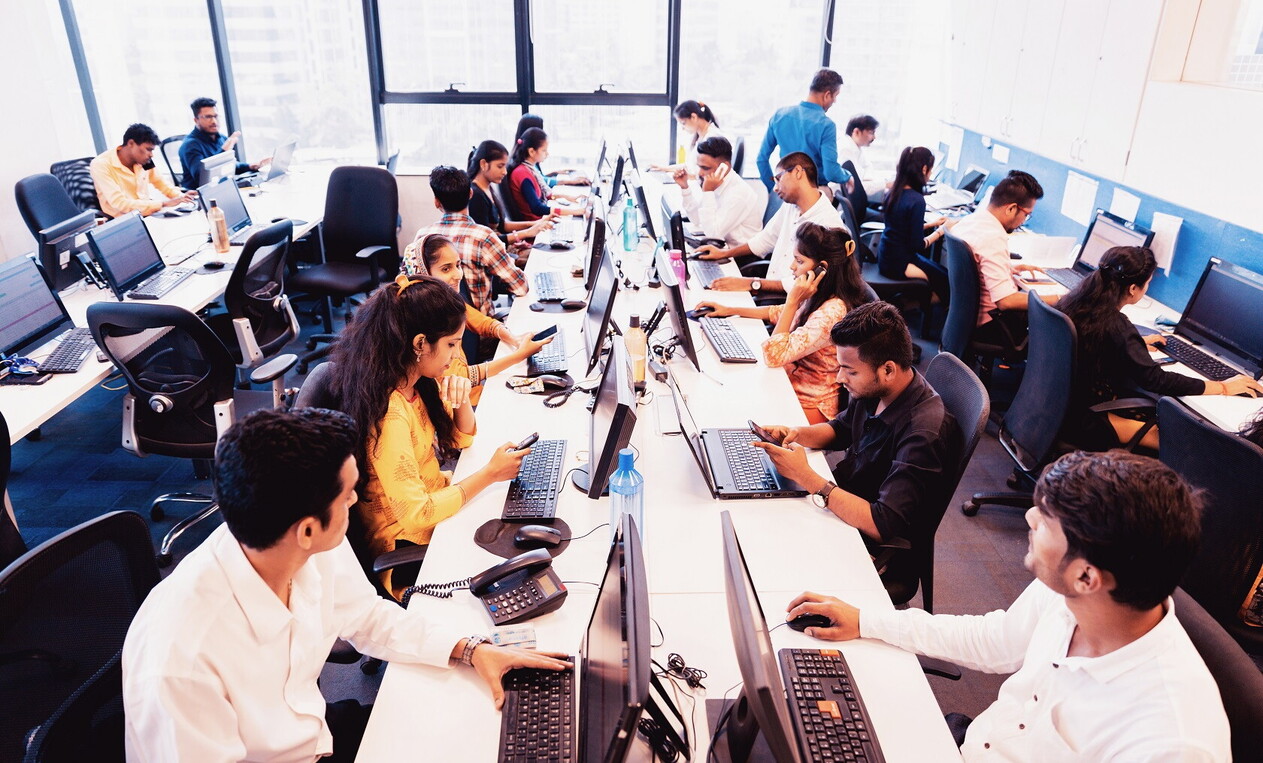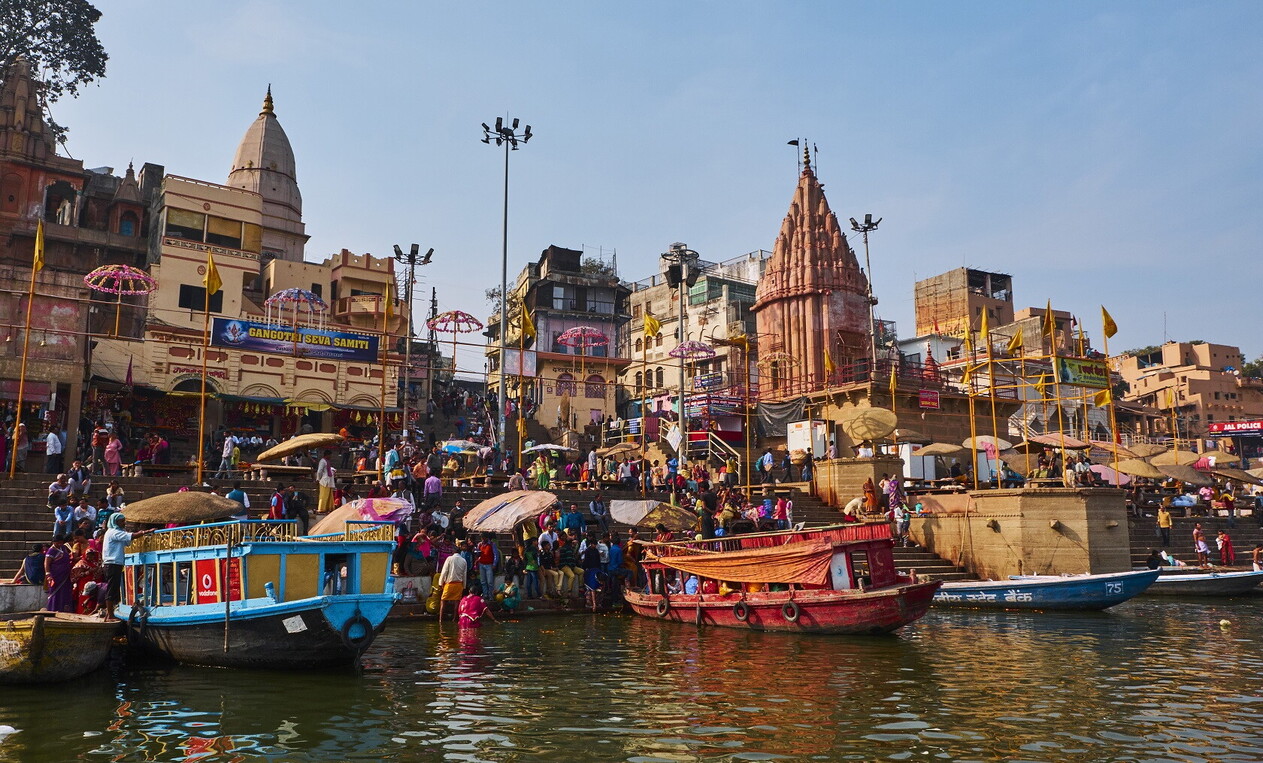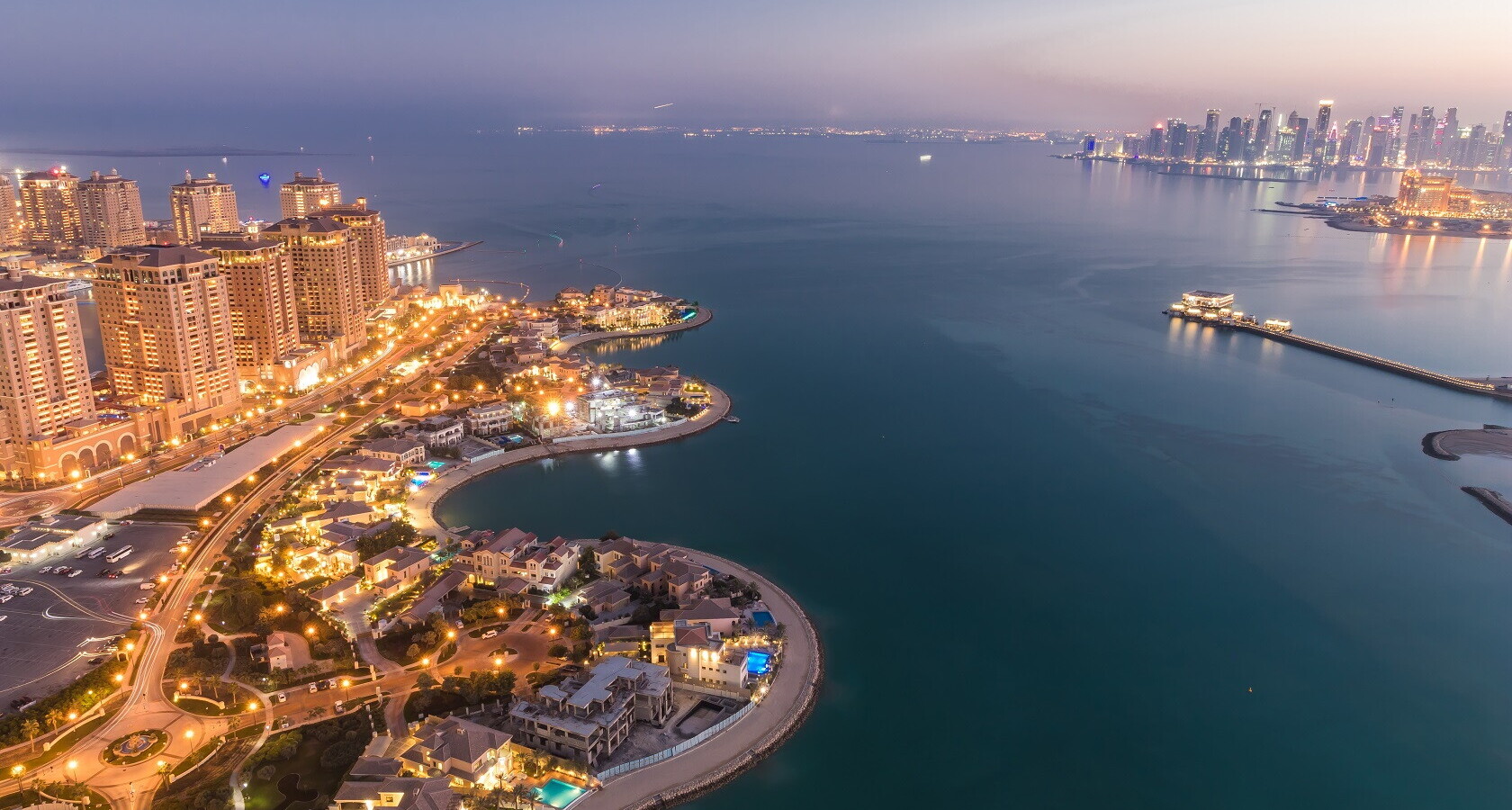
A new player on the global stage
A power in the balance
If India can overcome internal divisions and craft a coherent international strategy, it could finally claim a leading role on the world stage
6 min2
024 will be remembered as a year of major global elections, with India playing a pivotal role. Often called ‘the world’s largest democracy,’ India saw Narendra Modi secure a third term as Prime Minister.
However, the electoral fortunes of Modi’s BJP declined significantly, capturing only 36.9 percent of the vote, while the Congress Party rose to 21.4 percent. Thanks to India’s first-past-the-post system, Modi retained a parliamentary majority, but with a more fragmented coalition—forcing him to make compromises.
The Demographic Milestone
The year marked another historic milestone: it saw India overtake China as the world’s most populous country. Modi has used the occasion to bolster national identity, framing it as an opportunity for India to claim its place among the world’s leading powers. The potential is undeniable, but the challenges are immense. India faces an underperforming education system, deep social inequalities, and an economy still too fragile to match its global ambitions.

The Education System and the Caste Issue
With 67 percent of its population under the age of 35, India is a young nation. But despite pockets of excellence, its education system struggles to produce enough high school and university graduates. The caste system remains a structural barrier. A 2023 survey by the National Statistical Institute found that 98 percent of Indians still identify with a caste, and 69 percent see themselves as part of the ‘lower castes.’ This enduring social divide continues to fuel inequality, limiting the full potential of India’s youth.
The Contradictions of the Economy
India is a hub of technological excellence with a thriving start-up ecosystem—ranking third globally, behind only the U.S. and China, in the number of start-ups generating over $1 billion in revenue. Yet, its broader economic landscape remains uneven. Agriculture employs 45 percent of the workforce but contributes just 16 percent of GDP. Meanwhile, 25 percent of workers are in manufacturing, and 48 percent in services. The labor market is marked by high informality, with 80 percent of employment classified as informal—far from the stability expected of a global power.

International Alliances and the “Pendulum” Policy
Modi’s India navigates contradictions on the international stage, making its alliances difficult to pin down. As a founding member of BRICS, it maintains ties with the bloc while sustaining strained relations with China. At the same time, it draws closer to the U.S. through the Quad—an anti-China alliance with Japan and Australia. This ‘pendulum’ strategy grants India a measure of autonomy but leaves it in an ambiguous position among the world’s major powers. India is undeniably a major power—not just a nuclear one. Alongside its 170 declared nuclear warheads, it ranks as the world’s top importer of conventional weapons, spending nearly $87 billion annually—equivalent to 2.4 percent of its GDP.
A "Self-Standing" Power?
Over the years, Modi has countered critiques of India’s contradictions by urging the world to see it as a ‘self-standing’ nuclear, economic, and social power. Yet, this positioning is part of the reason why India is often underestimated or approached with ‘diplomatic caution’ by Russia, China, and the U.S., all of whom continue to treat it as a second-tier power. Ironically, India’s strongest ties are with its former colonial adversaries—the EU and the UK. These partners show India greater respect, driven by its demographic and economic clout, reinforced by high levels of trade and the large Indian diaspora in Europe.
The Inevitable Comparison with China
Despite surpassing China in population, India lags far behind economically, with a per capita GDP just one-fifth that of China. The country has also lost its historical role as a leader of the Third World—a position once anchored in Nehru’s non-aligned ideology. In its place, Hindu nationalism has taken root, narrowing India’s international ambitions. India has pursued alternative paths for global engagement. At the COP26 summit in Glasgow in 2021, Modi championed the right of India and other developing nations to a ‘just’ energy transition, stressing the need to balance economic growth with sustainability. This vision positions India as a potential leader in guiding emerging economies toward more inclusive climate policies. Glasgow 2021 may well have marked the high point of power politics for the ‘New’ India.
Five Years to Decide the Future
Modi faces critical years ahead to prove that India can truly become a global power. To do so, the country must break free from the ideological shell of self-sufficiency that has shielded it for decades, ensuring that nationalism serves as an accelerator—not a brake—on its ambitions. The risk is that a nation with immense human, social, and economic potential could fall behind in the race for growth and development—a pursuit it has chased since gaining independence in 1947.

